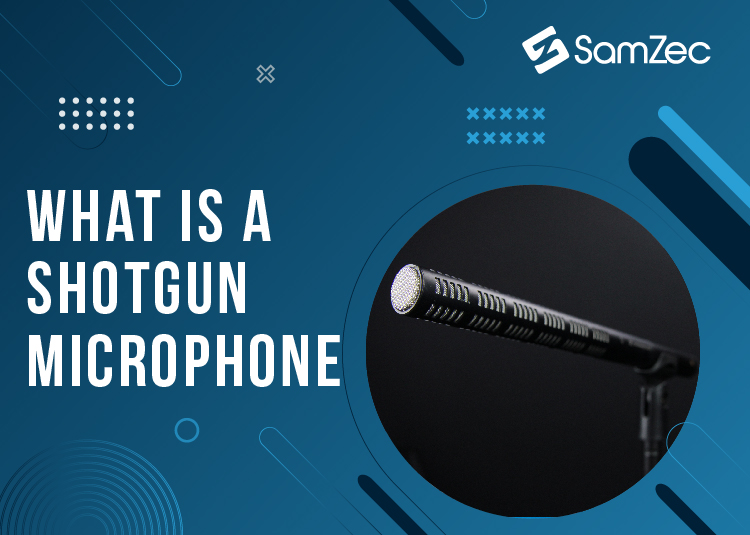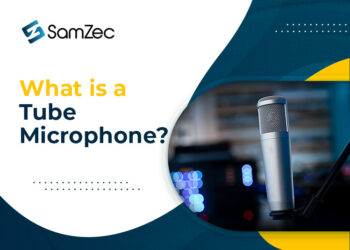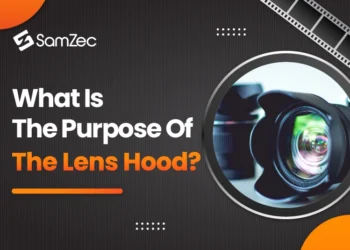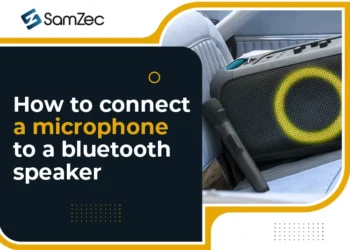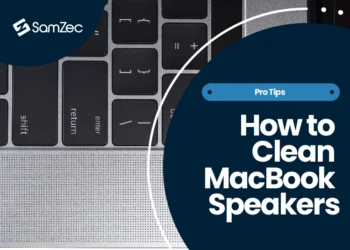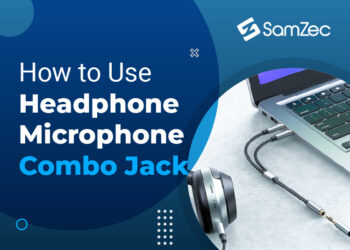A shotgun microphone is a directional microphone that helps eliminate background noise in a recording. Shotgun microphones are mainly used with video recording, but they can also be used with film and TV. This blog will let you know about different aspects of shotgun microphones and how they work.
What is a shotgun microphone?
Shotgun microphones are extremely directional microphones that pick up sounds directly in front of them while rejecting noises from the sides and back. Shotgun mics are what is used on film sets by sound recordists.
A microphone can be placed in a sound recorder that gives the user an accurate recording of what they are recording. A shotgun microphone uses a diaphragm with a very short backplate. This relatively short distance is known as a short focal length. The short backplate allows for precision and accuracy in the direction of sound reproduction.
Three main factors in Shotgun Microphones
Shotgun microphones are mainly three things:
- Directional
- Wide-angle
- Frequency response
Let’s deal with each of them one by one.
Directional Shotgun microphone
A directional shotgun microphone is designed to pick up sounds from a limited area, as opposed to a studio microphone, which is intended for general use. Directional shotguns are typically used to record in situations where sound is coming from a relatively limited area, such as an instrument or a vocalist.
The microphone itself is shaped like a tube, typically attached to a stand with a clamp. When in use, the microphone points in the desired sound direction and rejects sounds from other directions, like a shotgun. Here is a post on the best shotgun microphone available in the market.
Wide-angle Shotgun Microphone
To begin with, the only acceptable definition of the phrase “wide-angle shotgun” refers to the polar pattern. The typical polar pattern for a shotgun microphone is in front of the capsule, a figure 8 pattern. So the polar pattern needs to be broader than that. Cut the trash here and there, however, and accurate wide-angle shotguns (i.e., with a circular polar pattern or very close to it).
The PZM-6 is one such microphone, and it is also a true wide-angle. It has a figure-8 pattern roughly 70 degrees in all directions, give or take a bit. It makes it ideal for several applications, but it’s something of a specialty microphone.
Frequency response shotgun microphone
A frequency response shotgun microphone is a microphone that has been designed for specific use. In the case of a shotgun microphone, it is designed to pick up sounds that come from a short distance away instead of a microphone used for recording music or vocals a few metres away.
The reason for this is that the microphone’s frequency response will change a little bit over a long distance, but it will change a lot if the microphone sits close to the subject. It is why the frequency response of a microphone is abbreviated as FR.
Uses of Shotgun
- Shotgun microphones are used in film and television productions.
- They are often used when the subject is a long distance away and are particularly useful when the source is undesirable in some way, e.g., wind and background noise.
- They tend to be very directional, allowing for a good signal-to-noise ratio in high-noise environments, such as outdoors.
- Shotgun microphones are also used with video cameras to record audio from the front of the lens.
- A typical use would be at a wedding ceremony where the sound would be best recorded from the front of the camera.
- A shotgun microphone is more sensitive than typically more omnidirectional microphones, so it can pick up all sounds from the front of the camera but does not pick up sounds from the sides or rear.
- Shotgun mics are typically 6 to 12 inches long and generally have a 4:1 or greater recording range, meaning they should not be used closer than their recording range distance.
Which one is the best shotgun microphones on the market?
Selecting the best shotgun microphone is not an easy task. It all depends on what kind of purpose you would like to buy it. So, if you are looking for the best shotgun microphone for live recording music, then the Shure SM57 is your best bet. With a rich and smooth sound, it is a great all-around performer.
But if you need a quality microphone for a podcast or voiceover, you can check out the Heil PR40, which is one of the best as it is specially designed to record voice. If you are an amateur audio enthusiast, the Audio-Technica BP40 is excellent. It resembles many high-end studio microphones, but at a fraction of cost.
What are some reasons to use a shotgun microphone?
There are three main reasons why you would use a shotgun microphone.
Number one, a shotgun microphone is highly directional. That means it focuses most of its audio in a particular direction.
The second reason is that it is unidirectional. Unidirectional means it records sound from just one direction.
The third reason to use a shotgun microphone is that it does both things very well. It focuses on what you want to record, and it does not pick up any sounds from other directions.
Conclusion:
A shotgun microphone is a device used in broadcasting and recording to pick up on the sounds of a single person or object while disregarding any background noise. This type of microphone is convenient because it allows you to focus on the person or entity that you’re recording, but you have to get close to pick up the sound.
If you’re thinking about purchasing a microphone and have a lot of money to spend, a shotgun microphone is a great choice. If you’re on a tighter budget, you may want to purchase a different type of microphone that will pick up sound from a wider area.
FAQs
Why is it called a shotgun mic?
The shotgun microphone is a directional microphone used in broadcasting, filmmaking, and public address applications. The name refers to the tightly focused “cone” of sound that a shotgun microphone can produce. The term “shotgun” is an old theatre and recording studio slang term, dating back to the early days of sound recording.
Are shotgun mic dynamic or condenser?
A condenser mic is more suitable for a shotgun mic because they work on a different principle. Condenser mics work on less sensitive principles but give considerable detail.
Shotgun mics are dynamic mics with very high sensitivity and respond most appropriately to the sounds coming directly from them. A condenser mic has a large diaphragm that moves less than a large-diaphragm condenser mic. A dynamic mic is used in the case of a shotgun mic because it needs to be very sensitive.
Is a shotgun mic good for streaming?
Generally, shotgun mics are not suitable for streaming. Streaming requires a broadcasting quality mic with a broad frequency range and is resistant to feedback. The most popular mic for streaming is the Audio-Technica AT2020. It has a stereo condenser capsule, a built-in pop filter, and has a frequency range of 20Hz-20kHz. The frequency range of shotgun mics is often much narrower.


